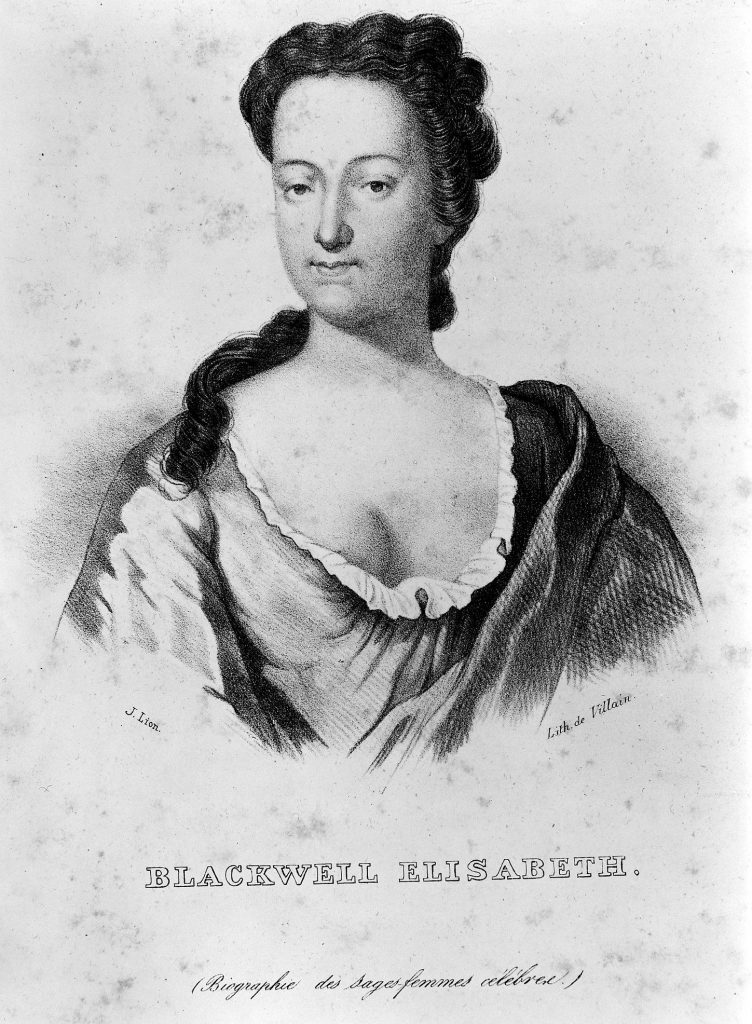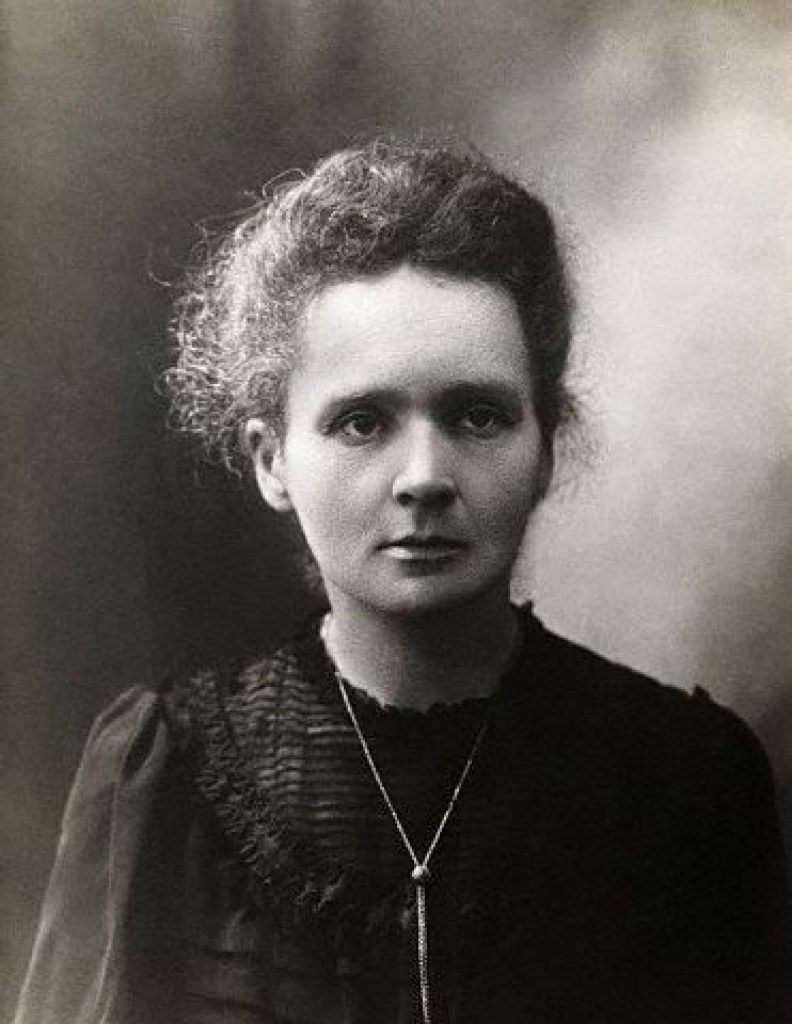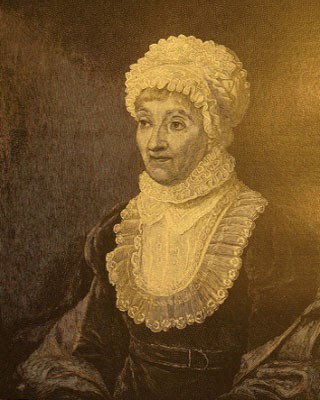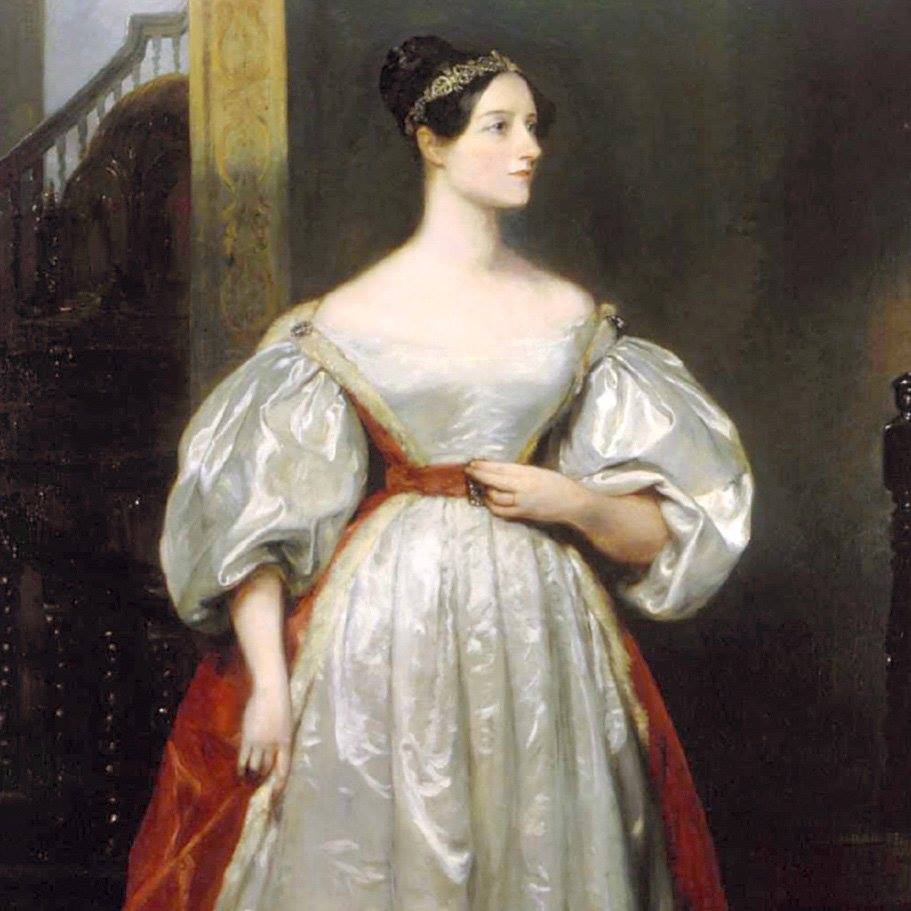
Women of STEM: Historic Female Scientists You Should Know (Series 1)
The history of STEM has been significantly populated with the names of prominent male scientists but for centuries women have made astonishing contributions/ discoveries in STEM that took several years to gain recognition or acknowledgment. There is a significant under representation of women in STEM and often times little or no credit is given for their incredible contribution to various innovations and the progress of the world around us.
In the face of all the difficulty it takes for women to navigate through this male dominated path and the bias women scientists have faced, this article looks back at some of the women who over the last century were undeterred by the pressures of the STEM industry to pave the way for women researchers of today.
At STEMHub we realize that as we encourage young girls and women to study STEM, it is important to spotlight role models. That is why we have a curated a list of some of the most influential female scientists in history as well as their astounding legacy and contribution to the world of Science, Technology, Engineering and Mathematics.
1. Elizabeth Blackwell (1821-1910)
Born in Bristol, Gloucestershire, Elizabeth Blackwell was an Anglo-American reputed as the first female to graduate from medical school. Her family’s liberal religious and social views led to their migration to the United States when she was only 11 years old. After the death of her father she and her sisters opened a private school and took up teaching to save up for medical school.
She later undertook the private study of medicine with sympathetic physicians and began seeking admission into medical school in 1847. Elizabeth was met with resistance at all the top medical schools and some mentors suggested she takes up a disguise as a man to get into medical school.
She was eventually accepted as a medical student by Geneva Medical College in 1847 by near accident. Her male colleagues gave her a hard time and she was barred from some classroom demonstrations. However, she became the first woman in the United States to graduate from medical school in 1849.
Upon graduation she was refused posts in dispensaries and hospitals to practice.
Elizabeth made a decision to further her studies in Europe and was met with the same gender prejudice. She was eventually allowed to practice and train at a hospital with the condition that she be treated as a student midwife instead of a physician. Through trainings and mentoring her experience grew, Paul Dubois, a respected obstetrician was quoted as saying, she would make the best obstetrician in the United States.
When she moved back to the United States to set up practice, she had very few patients. She remained undeterred, she published a series of lectures book and then moved on to open a small dispensary which gradually enlarged and became incorporated as the New york Infirmary for Women and Children. She also became the first woman to have her name placed on the British Medical Register.
Elizabeth later moved permanently to England and established a successful private practice there.
Some of her achievements:
* First female to graduate from medical school in the United States.
* Served on the board of trustees and executive committee for New york Infirmary for Indigent Women and Children.
First woman to have her name entered on the British Medical Register.
* A medical college for women which incorporated Blackwell’s ideas on medical education with extensive clinical training was established.
* Elizabeth established the London School of Medicine for Women.
* She co-founded the National Health Society in 1871
2. Ada Lovelace (1815 – 1852)
Regarded as the first computer programmer, Ada Lovelace was born Augusta Ada Byron. She was a gifted mathematician who was reputed to have written instructions for the first computer program in the mid 1800s. Ada was recognized for her work on Charles Babbage’s general purpose computer, ‘the Analytical Engine’. Ada published the first algorithm to be carried out by computing machines.
She developed the vision for the capacity of computers to go beyond calculating. Charles Babbage fondly referred to her as “The Enchantress of Number”. She theorized a method for the Analytical machine to repeat series of instructions, she also offered other forward thinking concepts in her article.
Although, Lovelace’s work gained little attention when she was alive, her notes were reintroduced and she received several posthumous awards years later.
Her Legacy:
* First Computer programmer.
* Contribution to the enhancement of the Analytical Engine.
* She created the vision for the new computer age.
* A computer language created for the United States Department of Defense was named Ada after Lovalace.
* The British Computer Society began awarding the Lovelace Medal in 1998.
* The Ada Lovelace Day was set as an annual event to celebrate and increase awareness about the role of women in STEM as well as set role models for young girls and women around the world.
* Several institutions were named after her. e.g. Ada College in Tottenham Hale, Ada Byron Building in Zaragoza University, Ada Developer Academy in Seattle, Washington amongst others.
3. Caroline Herschel (1750-1848)
Caroline Herschel was the first female astronomer to earn a salary, gain recognition for her works and be admitted into scientific organizations. She was born in Hanover Germany, her siblings were trained in mathematics, french and music but her mother who felt there was no need for a girl to get education preferred to make Caroline a house maid for the rest of the family.
Caroline later moved to England with her brother William Herschel who taught her maths and science. She assisted him with his observations and in the building of telescopes.
Caroline became a brilliant astronomer and went on to discover 8 comets, 3 new nebulae and star clusters. She was the first woman to discover a comet and the first female to have her work published by the Royal Society.
Her Achievements:
* Caroline Herschel was the first British woman to get paid for her scientific works.
* She was the first female to discover a comet.
* She compiled a catalog of nebulae that significantly increased the number of known stars clusters from 100 to 2,500.
* Astronomical catalogs published by Caroline Herschel are still in use till date.
* She was the first woman to have her works published by the Royal Society.
* Caroline received several honors in her field, including a gold medal from the Royal Astronomical Society as well as a medal by the Prussian Academy of Sciences.
* She was made an honorary member of the Royal Astronomical Society of England.
4. Marie Curie (1867 -1906)
Marie Curie, nee Maria SalomeaSkłodowska is a Polish-born French physicist who became famous for been the first woman to win a Nobel Prize and the only female to win the award in two different fields of science. She was awarded the 1903 Nobel Prize for Physics alongside Henri Becquerel and her husband Pierre Curie, she also won the 1911 Nobel Prize for Chemistry. Marie is well known for her works on radioactivity.
During her early life, she took up jobs as a governess to raise money for her family who had very little due to her father’s bad investments. Marie provided financial assistant for her sister to take up medical studies in Paris and an agreement that similar assistance will be provided for her two year later.
She later moved to Paris and enrolled in the university against all odds, she studied by day and tutored at night to earn her keeps. She obtained a degree in Physics and then Mathematical Sciences.
Marie met Pierre Curie, a Professor in the School of Physics who she shared an interest in science with and later married him. The jointly discovered an element named ‘Polonium’ and then ‘Radium’. They jointly coined the word ‘Radioactivity’.
Following her husband’s death, she succeeded him as Head of the Physics Laboratory at the Sorbonne and took his place as Professor of General Physics in the Faculty of Sciences, which was the first time a woman had held this position. She was also appointed Director of the Curie Laboratory in the Radium Institute of the University of Paris, founded in 1914.
Her Legacy:
* The first woman to win a Nobel Prize
* The first person to win two Nobel Prizes
* The only woman to win Nobel Prizes in two fields of science.
* She discovered the elements Polonium and Radium alongside her husband.
* She developed the method for the separation of Radium from radioactive residues to aid characterization and study of its therapeutic properties.
* She promoted the use of Radium to alleviate sufferings during World War 1. She developed mobile Radiology units to aid battlefield surgeons.
* She was the director of the Red Cross Radiology Service and she set up France’s first military radiology centre.
* Marie Curie was the first woman to become Head of the Physics Laboratory at the Sorbonne.
* She also became the first female Professor of General Physics.
* She was appointed Director of the Curie Laboratory in the Radium Institute of the University of Paris.
* She received several awards, honorary degrees and memberships around the world in recognition of her works in science.
* Marie Curie was held in high esteem and admiration by scientists throughout the world. (Albert Einstein would later remark that “Marie Curie is of all celebrated beings, the only one whom fame has not corrupted.”)
* Several institutions were named after her, two museum were dedicated to her legacy. Curie’s image has appeared on coins, stamps and banknotes around the world.
These remarkable women were able to overcome several barriers and gender prejudice to achieve these great scientific feat.
***Do you love what you read? Will you like to get all the latest STEMHub stories and updates? Then sign up for our monthly newsletter.***
***Images are not owned by STEMHub and we do not profit from their use.***
***Fact Check: We strive for accuracy and fairness. If you see something that doesn’t look right, please contact us!




